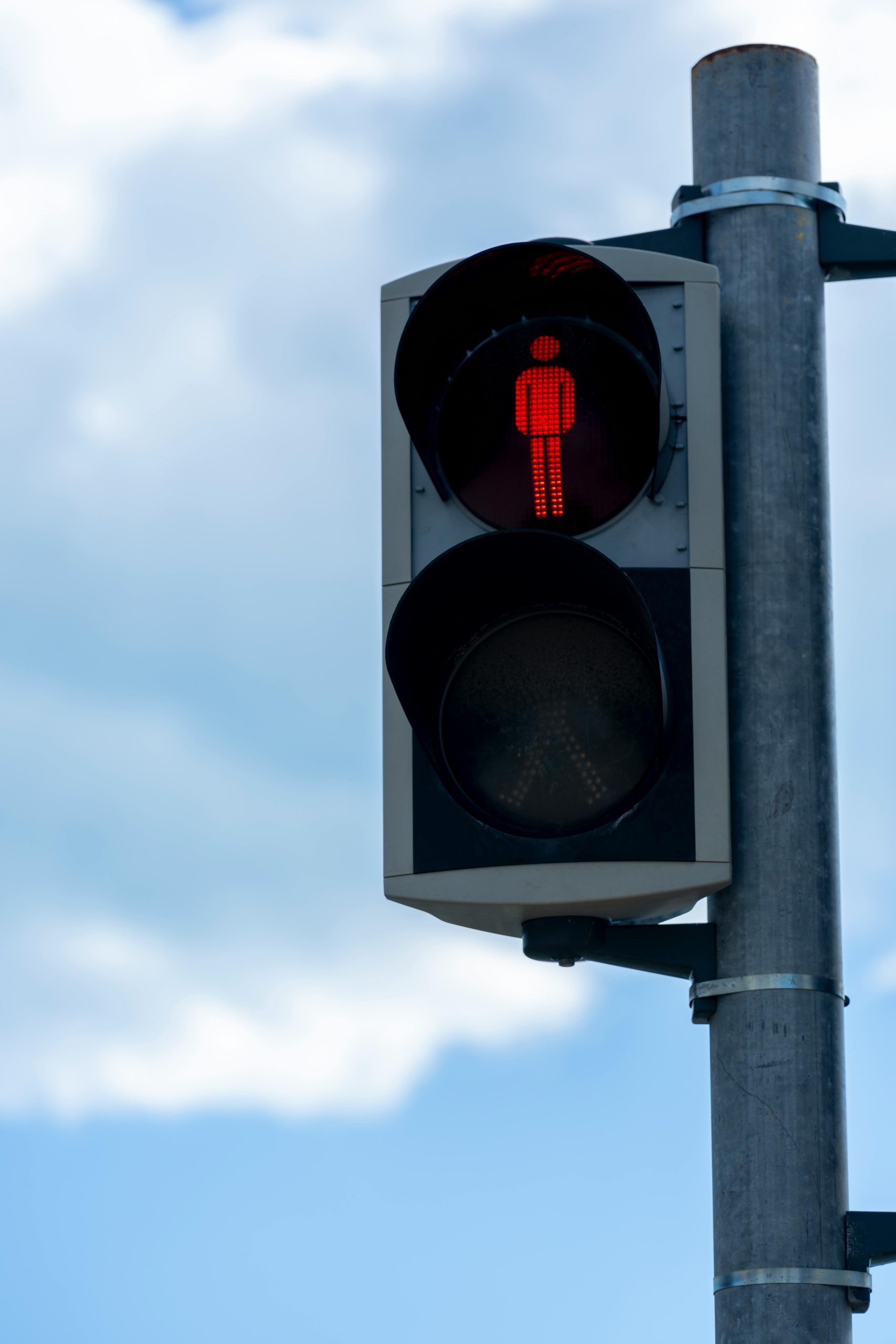Understanding Vehicle Damage in a Driveway Incident: Insurance Considerations and Next Steps
Dealing with unexpected vehicle collisions on private property can be a confusing and stressful experience. Recently, a situation unfolded in a residential driveway involving two unattended vehicles, raising questions about liability and insurance coverage. Here’s a detailed overview of the incident and guidance on how to approach similar situations.
The Incident
In a residential setting in Wayne County, Michigan, a 2017 Ford Expedition was parked in the driveway. Alongside it, a 20-year-old individual operating a heavily modified 1974 Ford F100 pickup truck was present. The truck, which is legally licensed and insured, was parked uphill from the Expedition. After exiting his vehicle and closing the door, the truck unexpectedly shifted out of park and rolled backward, colliding with the front corner of the Expedition.
Damage Assessment
The Expedition sustained significant damage, including a flat tire, bumper, headlight, and possibly components related to the aftermarket lift and wheels. The estimated repair cost exceeds the vehicle’s value of roughly $12,000 to $14,000. Conversely, the truck incurred only minor scratches. The vehicle owner has comprehensive collision coverage with a $1,000 deductible.
Liability and Insurance Considerations
A key question arises: Is the young driver’s action considered his fault even after exiting the vehicle? Typically, if a vehicle unexpectedly moves out of park and causes damage, liability can be attributed to the operator, especially if it’s demonstrated that the driver was outside the vehicle at the time of movement.
Coverage Options
-
Homeowners Insurance: Generally, damage caused by a vehicle on personal property might fall under homeowners or renters policies as an act of damage. However, liability coverage usually applies if the driver was negligent or at fault. Many homeowners policies exclude vehicle damage unless specifically endorsed.
-
Auto Insurance: Given that both vehicles are insured, auto coverage — particularly collision — is likely the most appropriate avenue for claims. For the Expedition, a claim under the comprehensive collision coverage with the existing deductible is a typical process.
Financial Implications
From a liability standpoint, if the young driver is deemed at fault, his auto insurance may need to cover the damages, potentially affecting his driving record and future premiums. As this is his third at-fault incident since age 16, with two this year, there may already be concerns about insurability.
Long-Term Considerations
Deciding whether to repair the Expedition to a roadworthy condition or settle



